Dogs need a wide variety of nutrition and if you are committed to the health and wellness of your dog through food, preparing the food you feed your dog is the best way to ensure they receive a well-balanced diet.
1. Animal products should be half of your dog’s diet
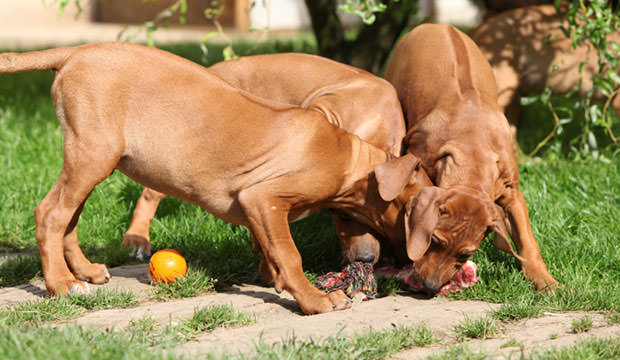
Unless your dog gets a lot of intense exercise, keep the fat content of any meat products used in the creation of meals to less than 10% fat. Good animal proteins that are healthy for your dog include red meats, poultry and organ meat such as liver, kidneys and heart.
Liver should only be 5% or less of your dog’s diet because this organ meat isn’t as healthy as the other choices. Make sure that the fat content of any meat you purchase isn’t too high because your dog will not benefit from meat that is too fatty.
2. If you’re dog is overweight, don’t just decrease food amounts
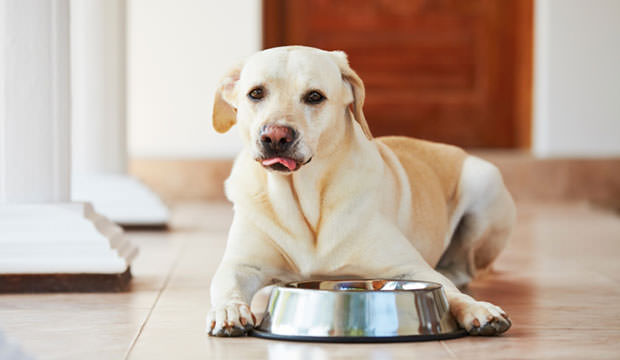
Food prepared correctly for your dog is full of vital nutrients that your dog needs to live a healthy, long life. If you take away the amount you are feeding your pet, your dog may lose out on the vitamins and minerals it needs to be healthy.
Just as you would for yourself to lose weight, change the fat content in the food and get your dog moving more to decrease weight.
Exercise is an essential part of your dog’s health and more exercise is always recommended to reduce weight before trying to take away food portions. If exercise doesn’t work alone, reduce portions slowly until your dog is able to reach an optimal weight.
3. Give your dog a little heart
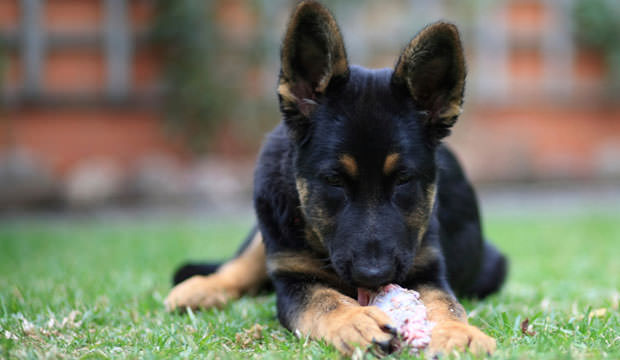
Heart is a meat and it is generally cheaper than most meats for sale. Heart is lean meat and very healthy for your dog to eat.
The next time you go to the grocery store talk to the butcher about the variety of organ meats available for your dog and don’t be afraid to give your dog a little heart.
4. Feed your dog eggs
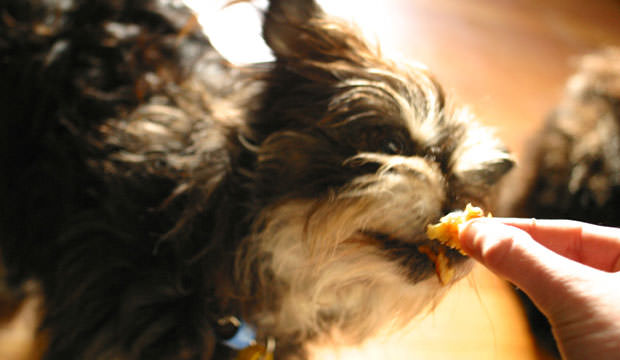
Eggs are highly nutritious for just about anyone and that includes your dog. You should cook the egg to avoid any possible bacteria that could be in a raw egg. If your dog weighs in at 20 pounds or more, it is safe to feed your dog one egg every day.
If your dog is smaller, decrease the amount of egg you feed to your dog exponentially. Eggs have an added benefit of making your dog’s coat shinier.
5. Fruits and vegetables provide fiber
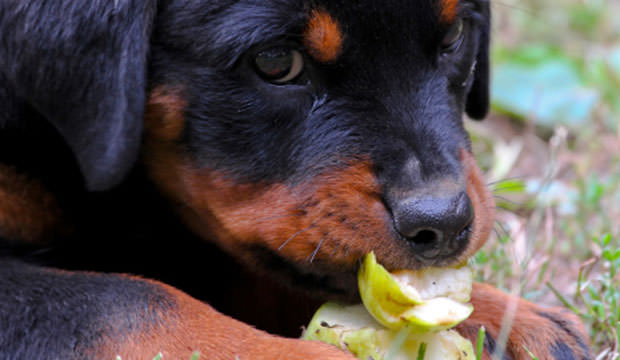
Although dogs don’t need to eat a lot of fruits and vegetables, they do provide necessary fiber to keep your dog’s digestion system running smoothly.
Fruits and vegetables that are dark in color are the most nutritious and your dog will live a longer, healthier life if they consume fruits and vegetables on a regular basis.
Dogs don’t always take to fruits and vegetables right away so if you are determined to feed your dog fruits and vegetables keep trying and play around with ways to prepare the various food items.
6. Starchy vegetables add necessary and inexpensive carbohydrate calories
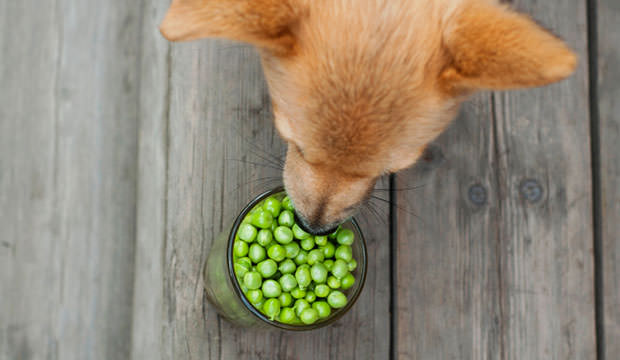
Your dog needs carbohydrates to run, play and have energy throughout the day. Carbohydrates can come from starchy vegetables such as potatoes, sweet potatoes or legumes.
If you have a particularly active or skinny dog, use starchy vegetables to add calories at a low cost. Dogs don’t prefer raw starchy vegetables and either blending or cooking raw starches is the best way for your dog to consume these types of vegetables.
7. Feed Fido some Fish
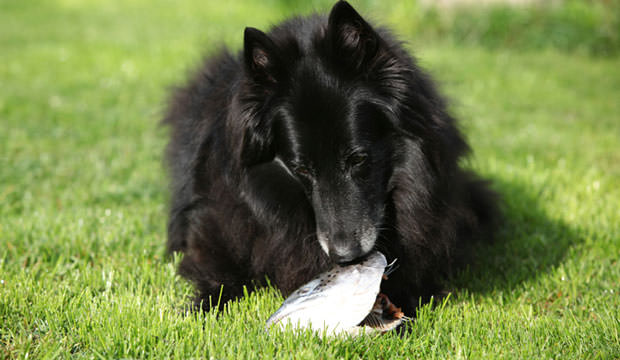
Your pet needs omega three fatty acids and healthy fats just like a human. Fish also provides your dog with essential vitamin D. Good sources of fish to feed your pet are sardines, mackerel or salmon.
Make sure that any bones are removed before feeding your pet any naturally occurring fish. Only an ounce or two a day is enough fish for your dog to reap the health benefits.
8. Do not feed your dog grapes or raisins
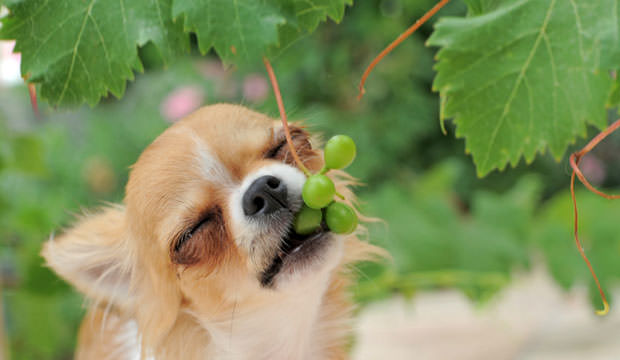
Although fruits contain many anti-oxidants, grapes and raisins both can cause kidney failure in dogs and should be avoided at all costs. Most dogs don’t tolerate grains well, but they aren’t as dangerous as grapes and raisins are for your beloved pet.
9. Leafy greens can be fed to your dog
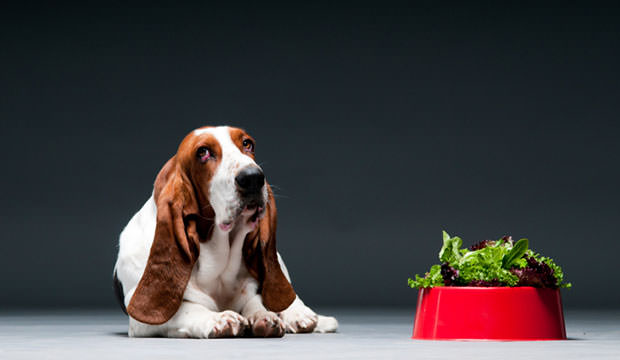
Low in calories, leafy greens can be fed to your dog in any quantity without causing harm. Raw vegetables often cause gas in dogs so it is important that you juice or blend up raw vegetables to give your dog the health benefits without all of the unnecessary gas.
You can give your dog raw vegetables as a treat or for something to chew on, just be mindful that if they have a lot of gas it could be the leafy greens you are feeding it. You can create a great leafy green drink for your dog by blending spinach, kale and romaine lettuce together with a little water in a blender.
Make sure to blend the mixture well. Romaine lettuce provides some vegetable protein and fiber, spinach and kale both provide iron for your pet. This drink is healthy for anyone and if you can get your dog to enjoy a leafy green mixture, you will have an easier time keeping your dog’s diet healthy.
10. Supplements
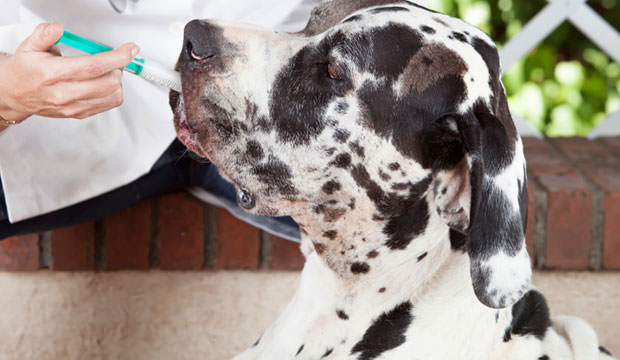
When you are not certain your dog is getting all the essential nutrients by diet alone, supplements are effective at rounding out your dog’s diet.
Supplements can include calcium, fish oils, plant oils, vitamin E and green blends if you don’t include green vegetables in your dog’s diet. Calcium prevents bone loss, while fish oil promotes cardiovascular health.

my dog loves celery. Is an occasional stick of celery OK?